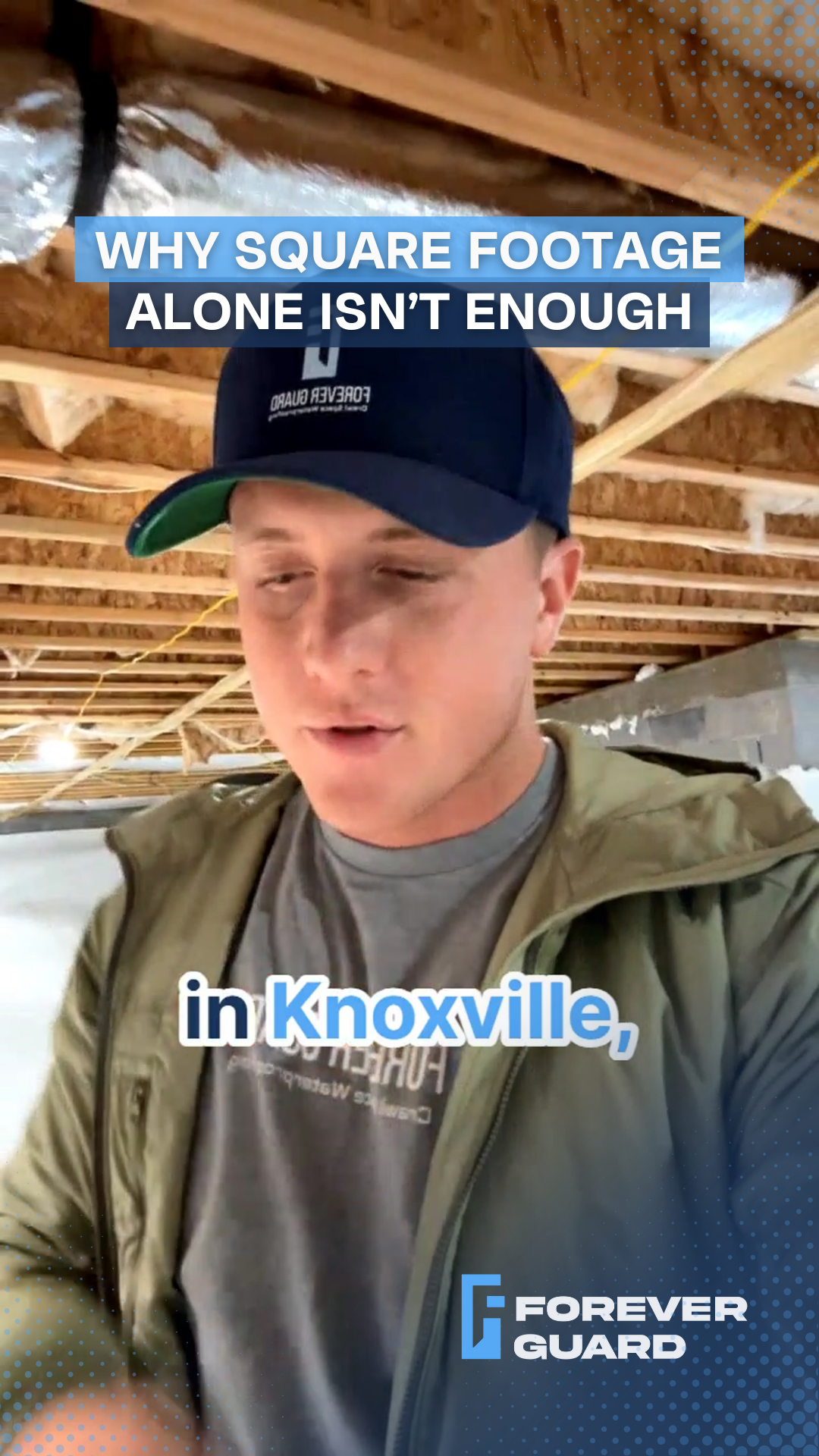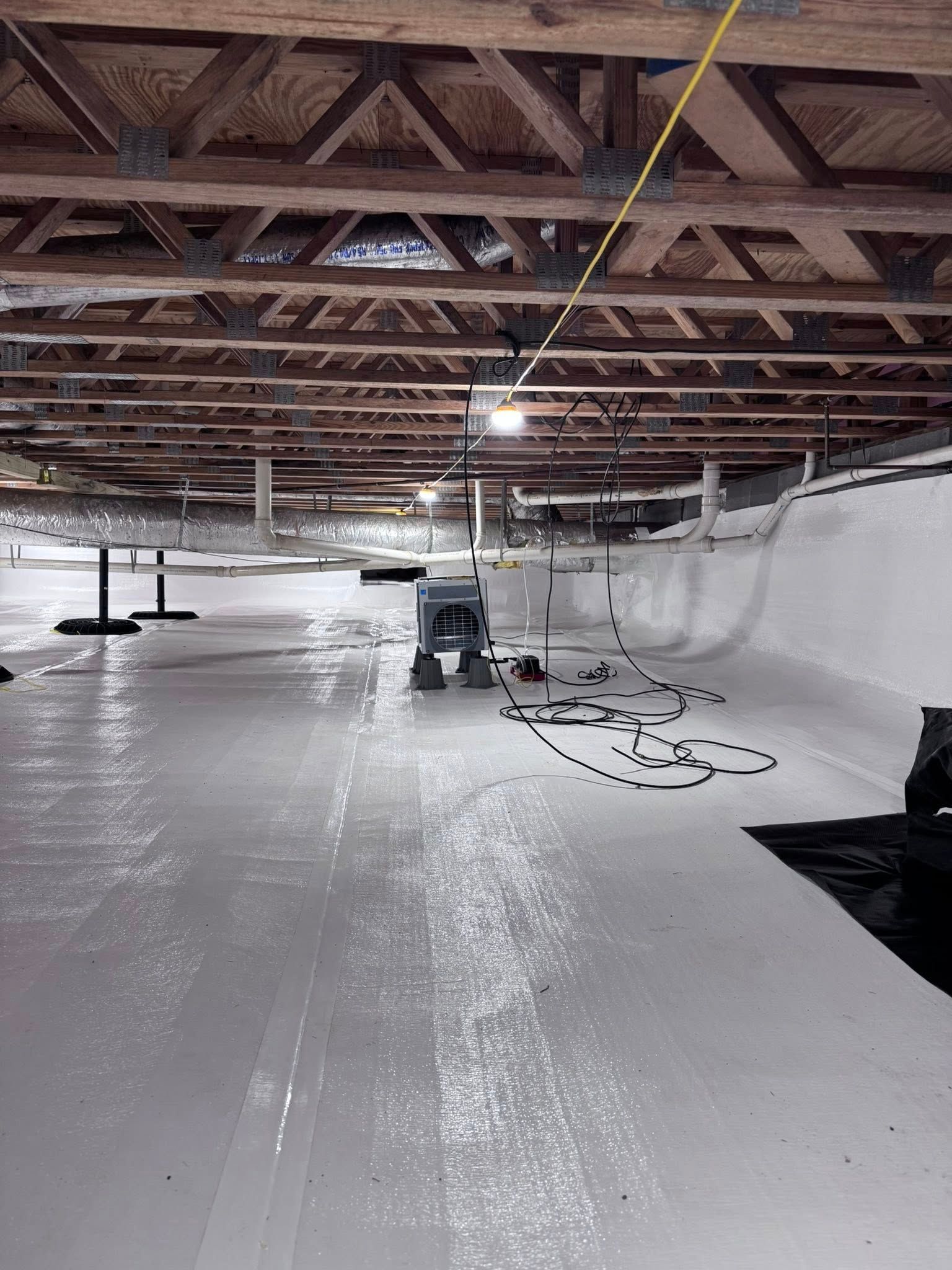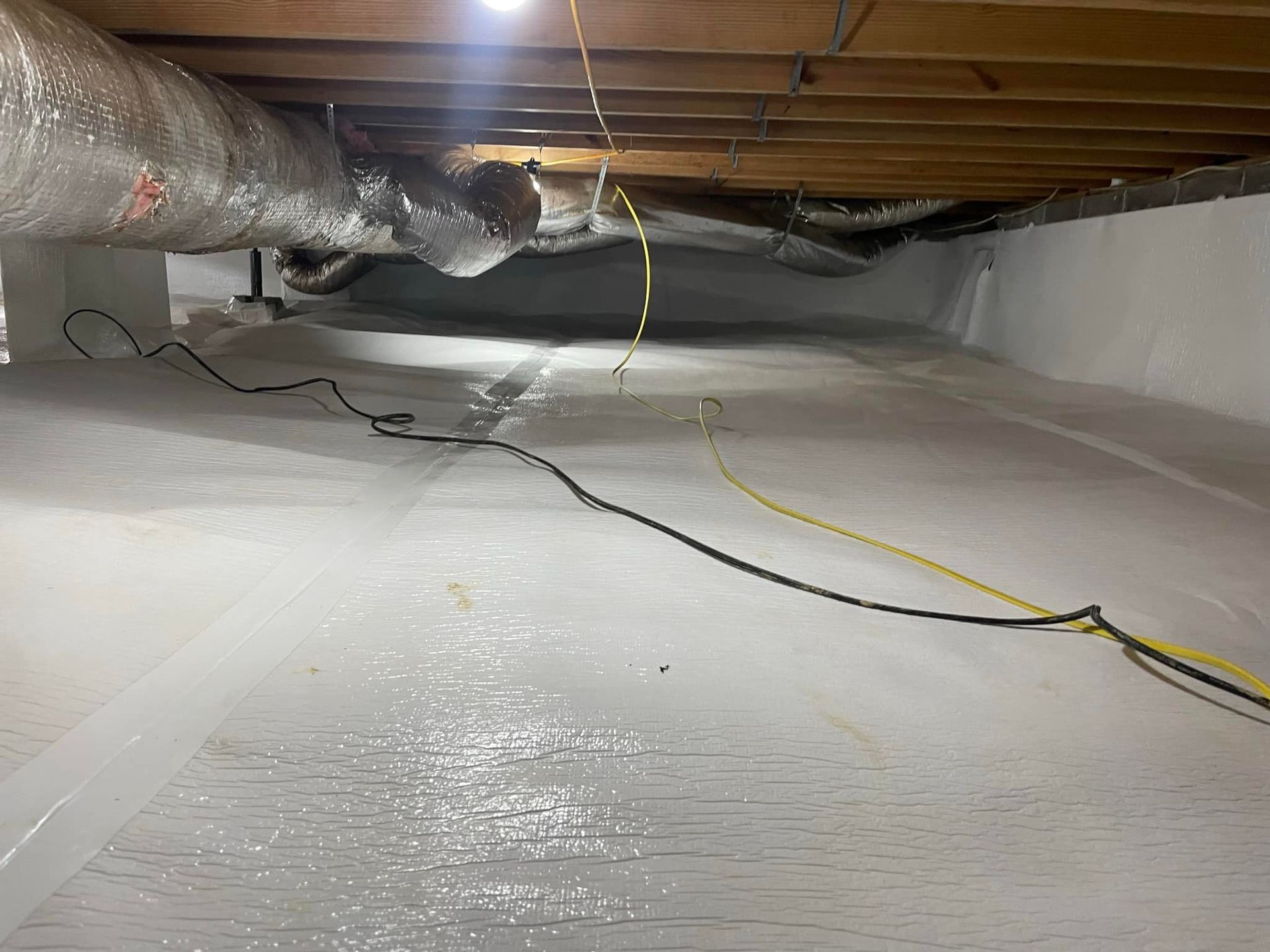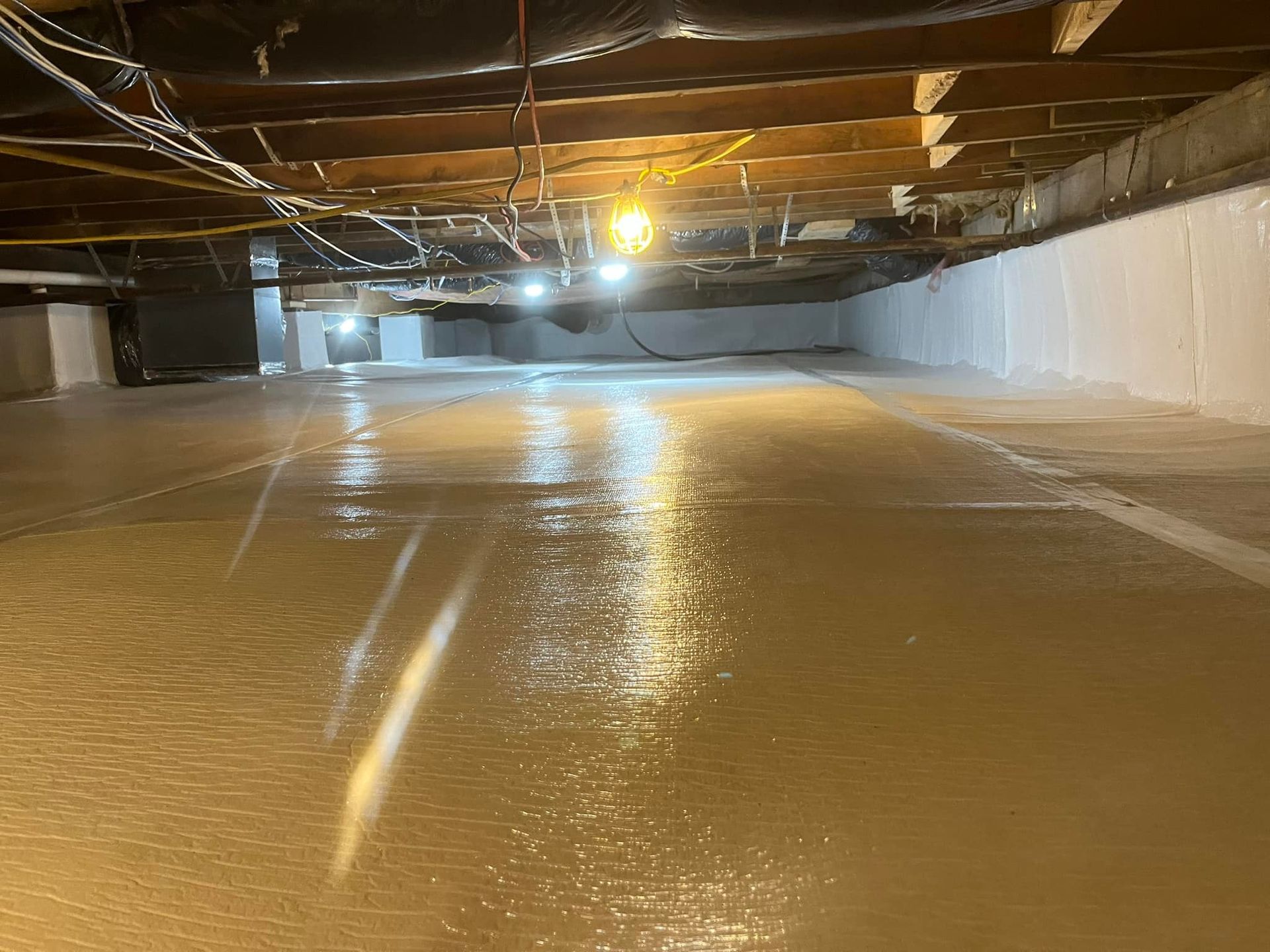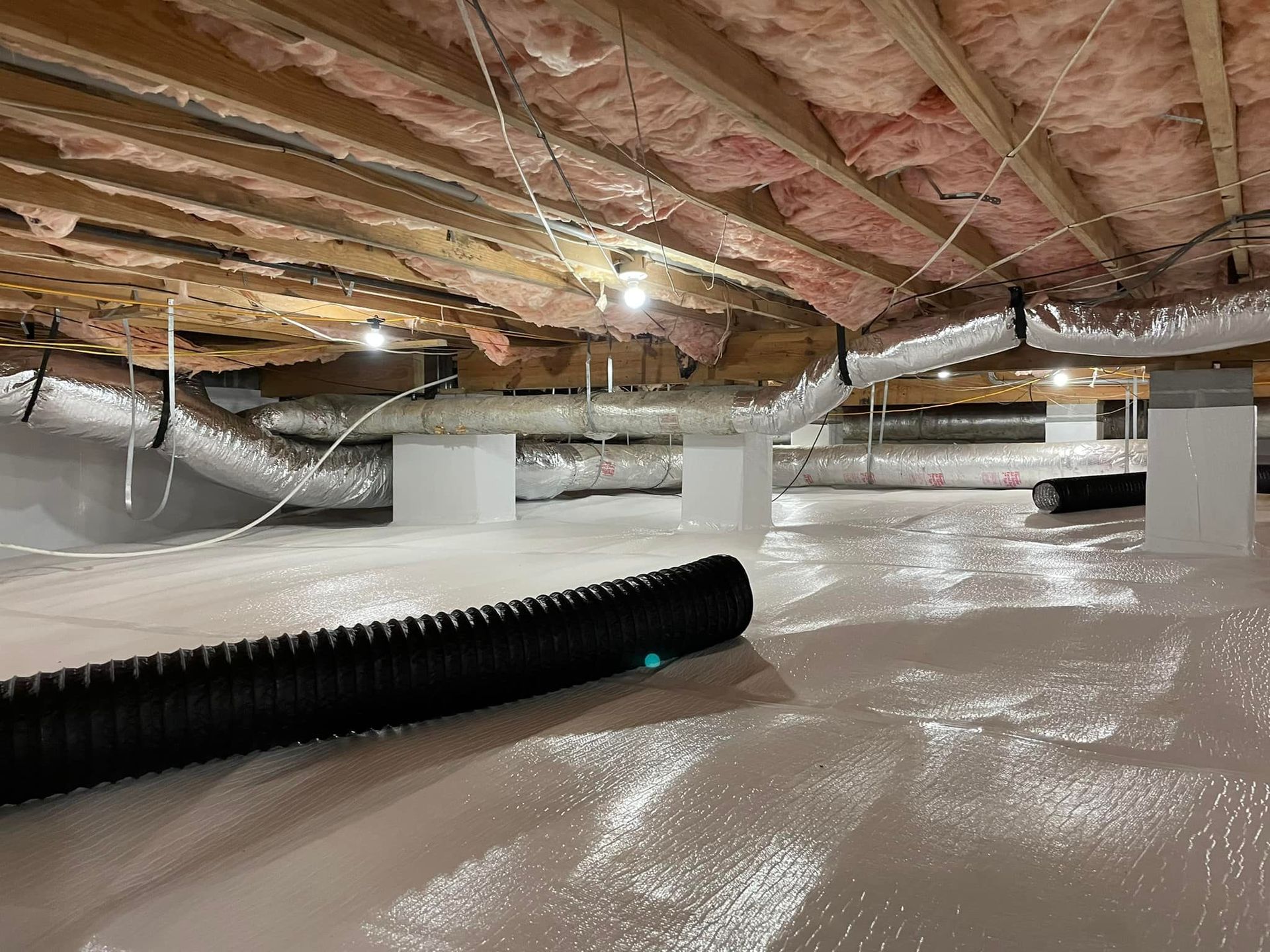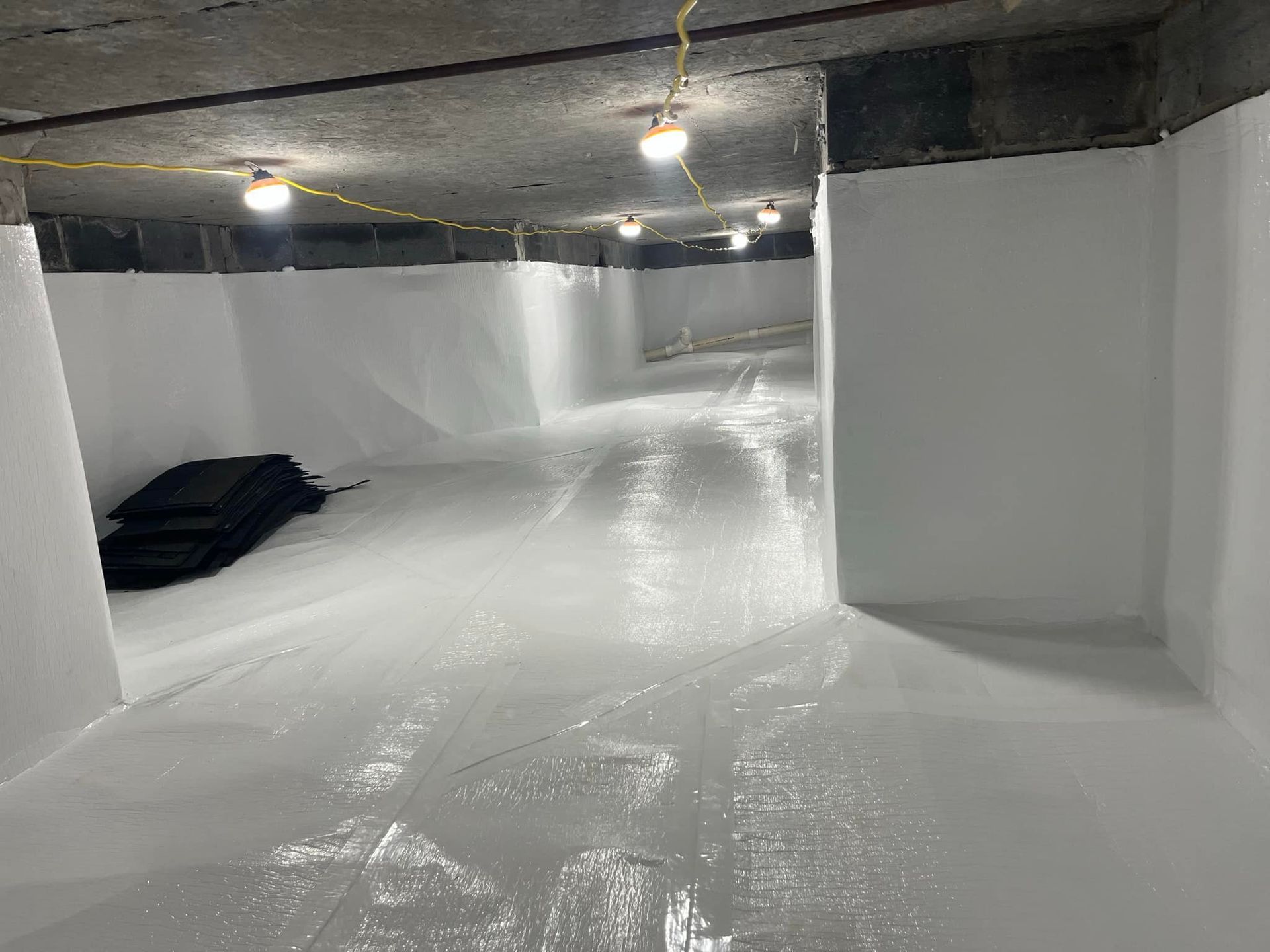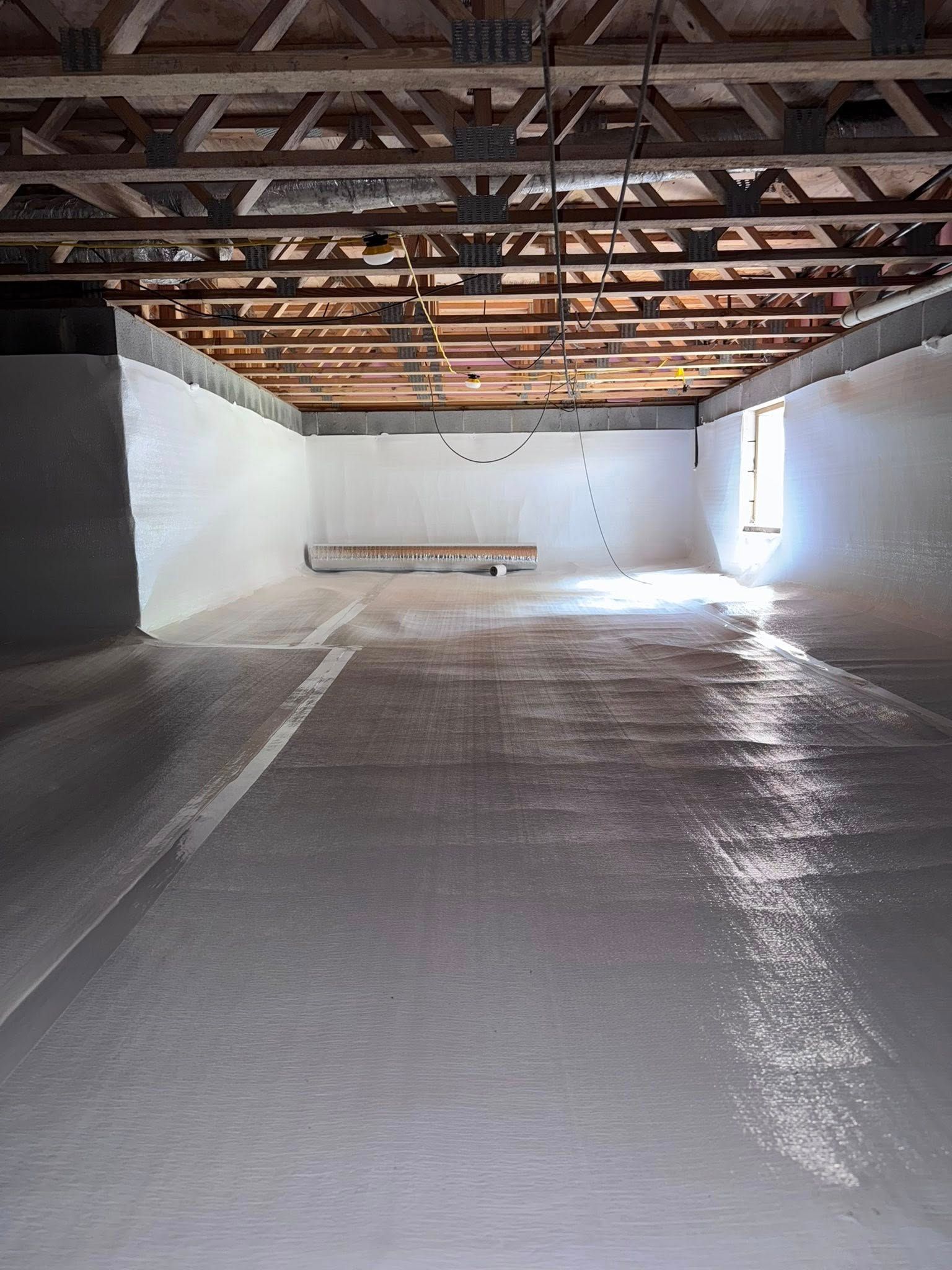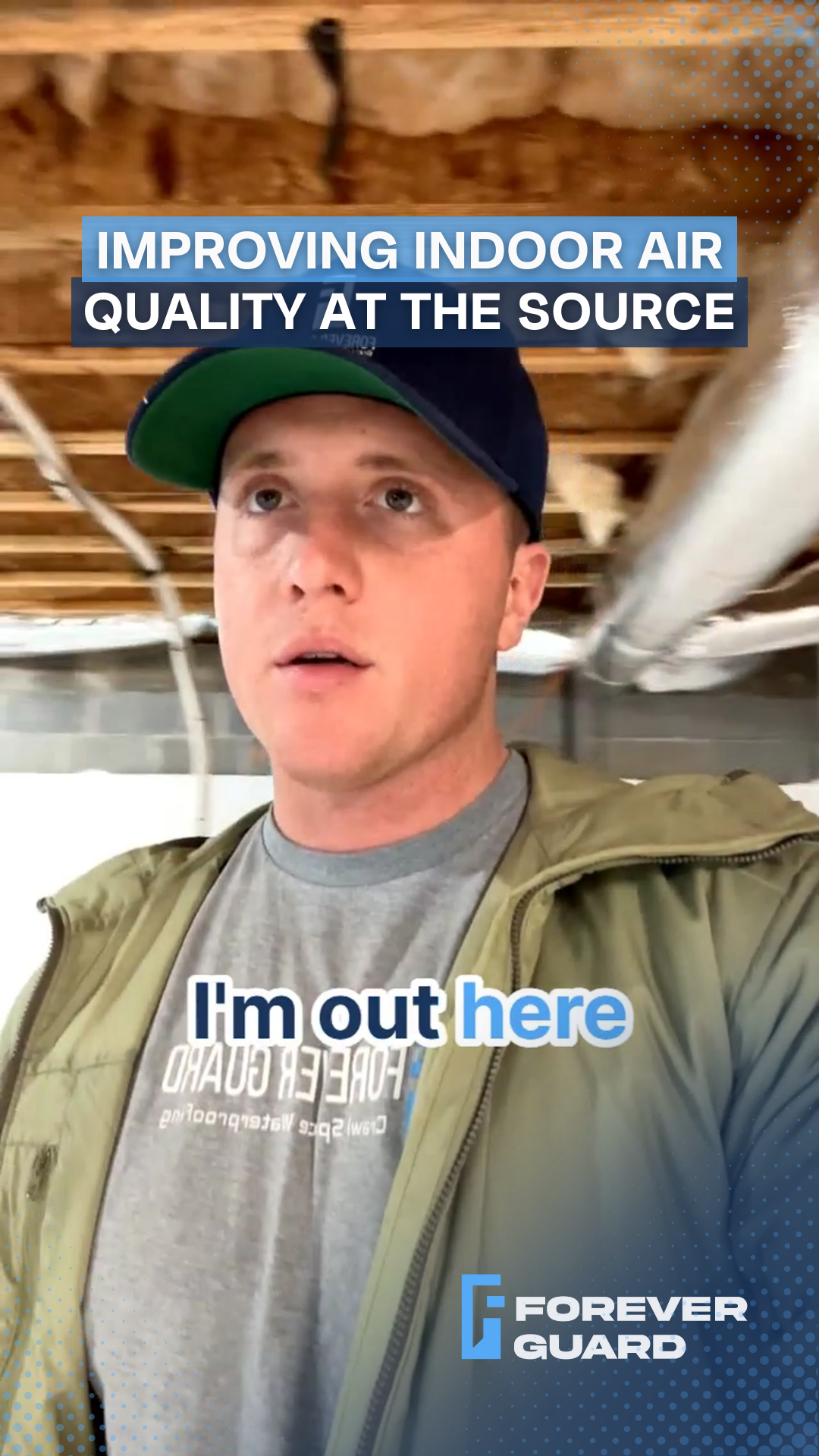Why Your Water Heater Sitting on Dirt Will Cost You Later
A Simple Installation Mistake That Shortens Your Water Heater's Life
What crawl space inspectors find in improperly installed water heaters and why it matters
I was doing an inspection at a house in Knoxville recently, and right there in the crawl space sat a water heater - directly on the dirt.
No pedestal, no footing, nothing underneath it at all.
Now, this isn't going to cause problems tomorrow or next month.
The water heater will run just fine for a while.
But I've seen this exact scenario play out dozens of times, and I know where it leads.
The homeowner has no idea they're looking at a shortened lifespan for their equipment.
And the plumber who installed it probably saved twenty minutes by skipping the proper footing.
But that shortcut is going to cost someone down the line.
What Happens When Moisture Meets Metal
Here's the thing about crawl spaces - there's always moisture coming up from the ground. Even if you can't see it, it's there. And when your water heater sits directly in the dirt, that moisture has nowhere to go but up into the metal base.
At first, nothing seems wrong. The heater works perfectly. Water gets hot. Everything functions like it should.
But over the next five to ten years, rust starts developing at the base where the moisture collects. What should have been a fifteen-year water heater becomes a ten-year problem. And when it finally fails, you're not just buying a new water heater - you might be dealing with water damage in your crawl space too.
The Simple Fix Plumbers Skip
The solution isn't complicated or expensive. Your water heater just needs to be elevated off the ground - either on a proper pedestal or a concrete footing. That's it.
This keeps the base of the unit away from ground moisture. Air can circulate underneath. The metal stays dry. And your water heater gets to live out its full lifespan instead of rusting out early.
So why do some plumbers skip this step? Usually it's about speed. Installing a proper footing takes a little extra time and materials. But that small investment protects a piece of equipment that costs over a thousand dollars to replace.
How to Know If Your Water Heater Is at Risk
If you've got a water heater in your crawl space, it's worth checking how it was installed. Here's what to look for:
Is it sitting directly on dirt or gravel? That's a problem waiting to happen.
Can you see any rust forming at the base? That means moisture is already doing damage.
Is there proper clearance underneath for air circulation? There should be.
One important note - if you have a vented water heater, this issue becomes even more critical. Those units should never be installed directly on the ground.
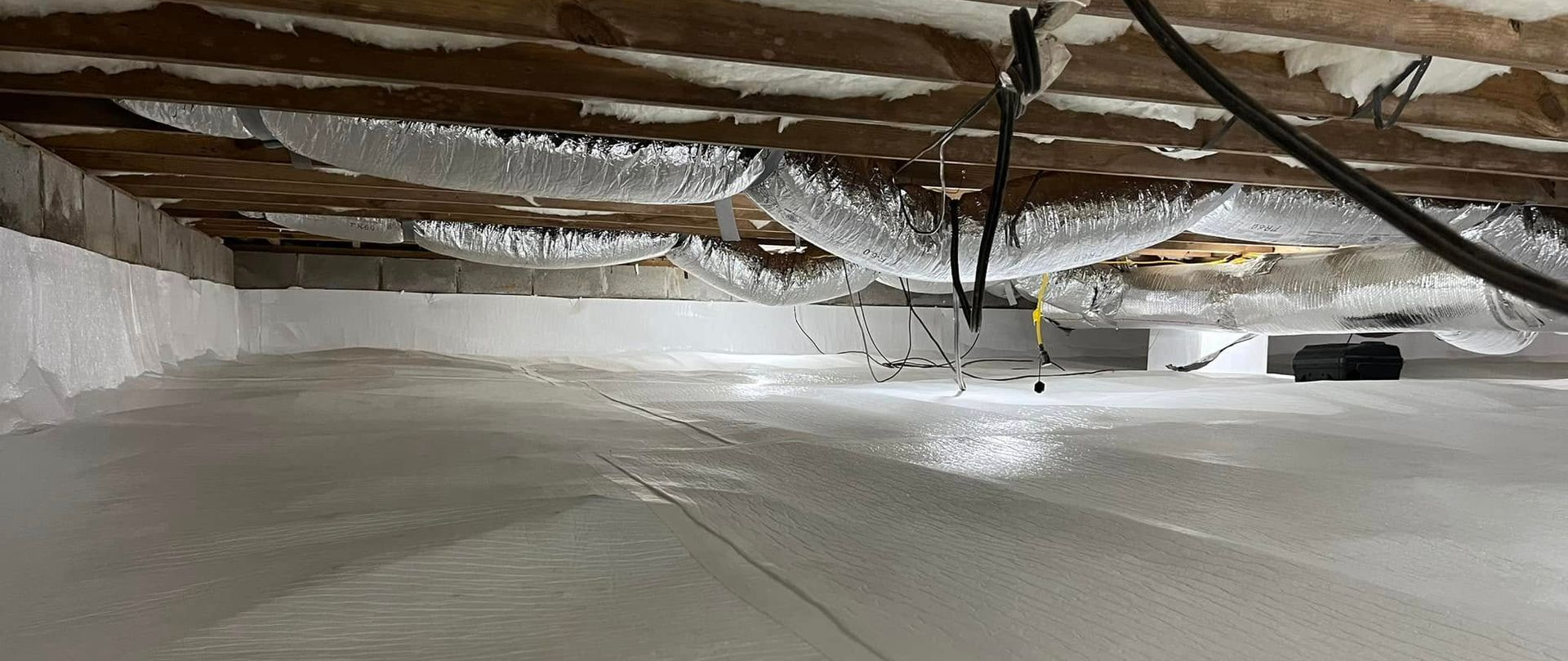
Protect Your Investment Before Problems Start
The good news is you don't have to wait for rust to develop before fixing this. If your water heater is sitting on dirt right now, you can address it before any damage happens.
Talk to a qualified plumber about adding a proper pedestal or footing. Yes, it costs money upfront. But compare that to replacing a water heater years earlier than you should have to.
And if you're having a new water heater installed, make sure your plumber does it right the first time. Ask them about proper elevation before they start the job.
Get a Professional Crawl Space Inspection
Look, most homeowners never go into their crawl space. I get it - it's not exactly a pleasant place to spend your afternoon. But that's where a lot of expensive problems hide until they become major issues.
When we do a crawl space inspection, we're looking at everything - not just your water heater installation, but moisture issues, structural concerns, and equipment placement. We'll tell you what needs attention now and what you can keep an eye on for later.
Don't wait until something fails to find out it was installed wrong. Let us take a look and give you straight answers about what's going on under your house.

